[ad_1]
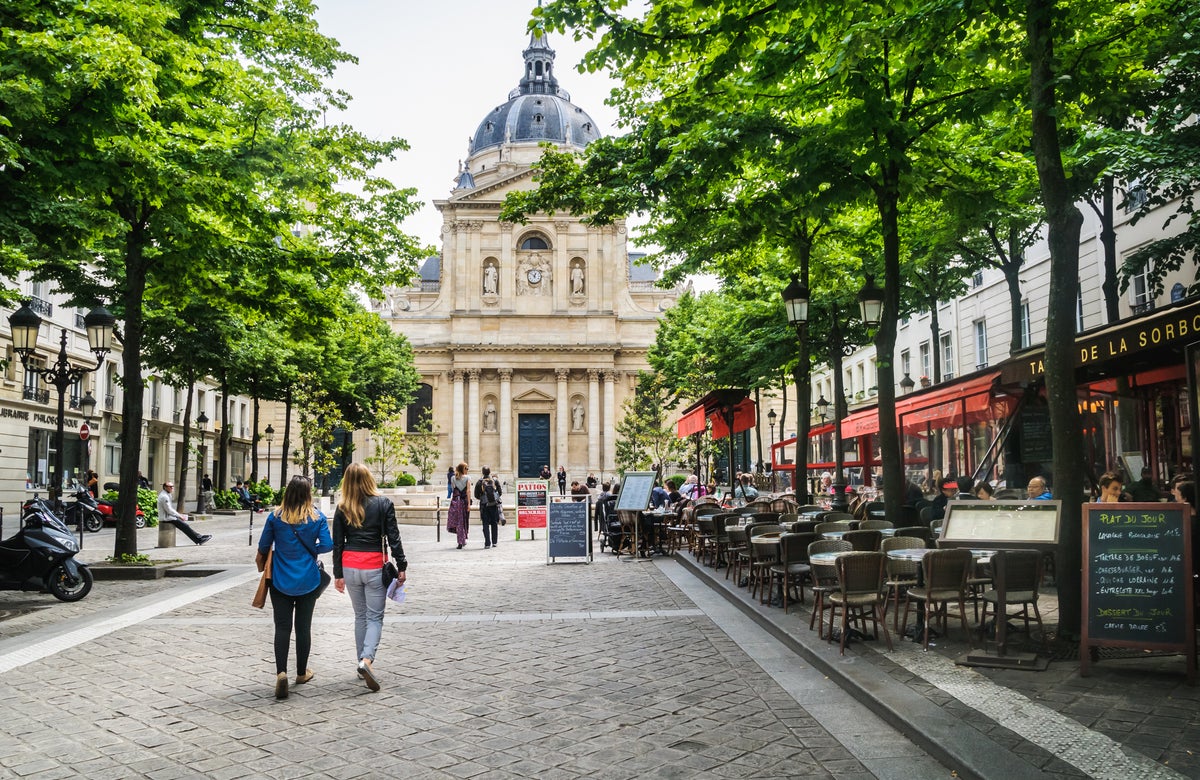
Sepia-tinted photographs of a Latin Quarter paralysed by protest are now half a century old. Mai 68 is still regarded as the biggest upheaval to have hit modern French society – and it has forever recast the tree-lined boulevards of Paris’s fifth arrondissement as the embodiment of France’s famous spirit of rebellion.
Jean-Paul Sartre roused students, nurses, doctors and teachers into a frenzy of protest from his crudely constructed pulpit under the oak trees of the Boulevard Saint Jacques, demonstrators lobbed cobblestones over barricades by the elegant arches of the Sorbonne, and the noise of rioting echoed through the dome-like Pantheon.
Today, the sound of the Latin Quarter’s fraught past has undoubtedly been muffled. But this student area remains one of the city’s most delightful places to explore – and yet is perplexingly glossed over in so many travel guides.
I moved to Paris over a decade ago to study at the Sorbonne and on my first day in the city, I was struck by the fifth and its vertigo-inducing mixture of imposing historical buildings and student cafes filled with shaggy haired flirting French teenagers.
A few streets to the east of storied Saint Germain-des-Pres, this Left Bank locale has everything a newcomer to Paris could want – underground jazz bars open till dawn, ultra-trendy restaurants and gardens so pretty they’ll clog your phone with photos.
It also has Roman relics, 13th-century cloisters, ancient universities and Paris’s grandest mosque.
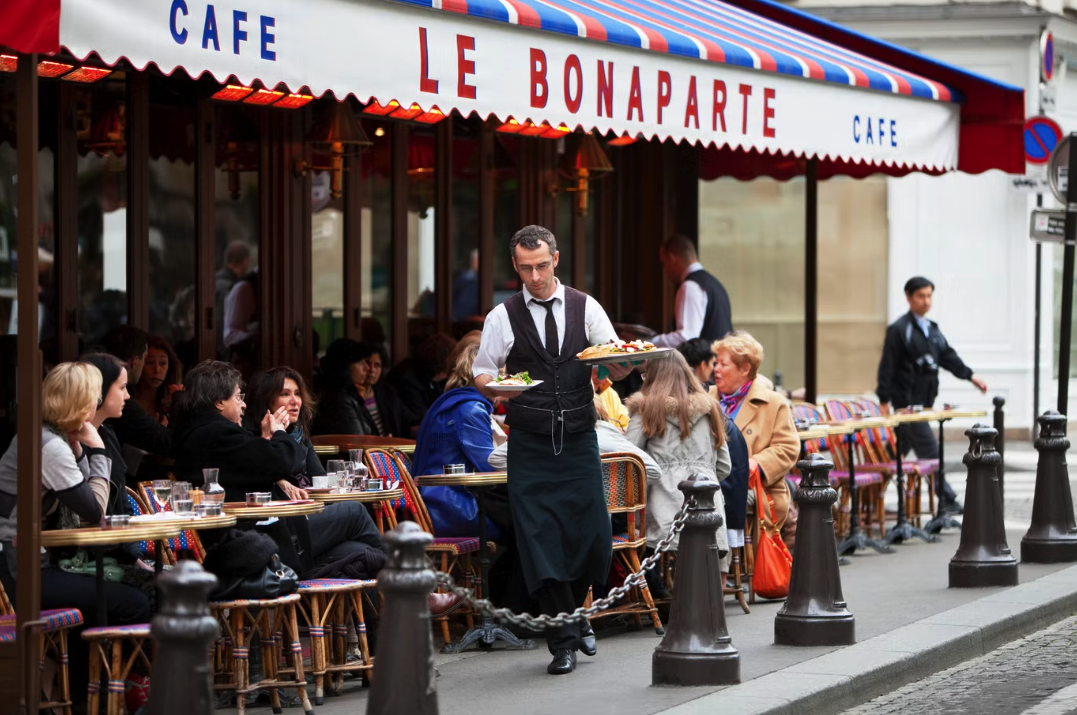
It is eminently possible to spend an entire weekend in Paris without leaving the confines of this one arrondissement. To get a taste of what the fifth was like during May 1968, podcasts available in French and English allow you to trace the steps of that historic rebellion, while tours of the Sorbonne will this month focus on the role the university students played in redefining modern French society.
But if it’s more of a pleasure weekend you’re after, orientate yourself by starting at the Pantheon, where Voltaire, Rousseau, Hugo and Zola are all buried under the neo-Classical dome. Wander up to Saint Etienne du Mont, one of the prettiest and most peaceful churches in the city – and one I used to sometimes sit in on rainy afternoons when I needed a respite from the clamour of student life.
Home to the shrine of Saint Geneviève, the patron saint of Paris, the exterior is a mix of renaissance and gothic styles, while the cool interior is dominated by a vast baroque pulpit.
In summer, the Jardin du Luxembourg can steal away an entire day of your trip. Designed in 1612, the fragrant rose and lilac-filled gardens have fountains, statues, lawns and woodlands – and the prettiest benches in Parison which to spend a morning reading. Open every day, they are centred around the ornate Palais du Luxembourg, which has a cafe to duck into if the skies turn grey.
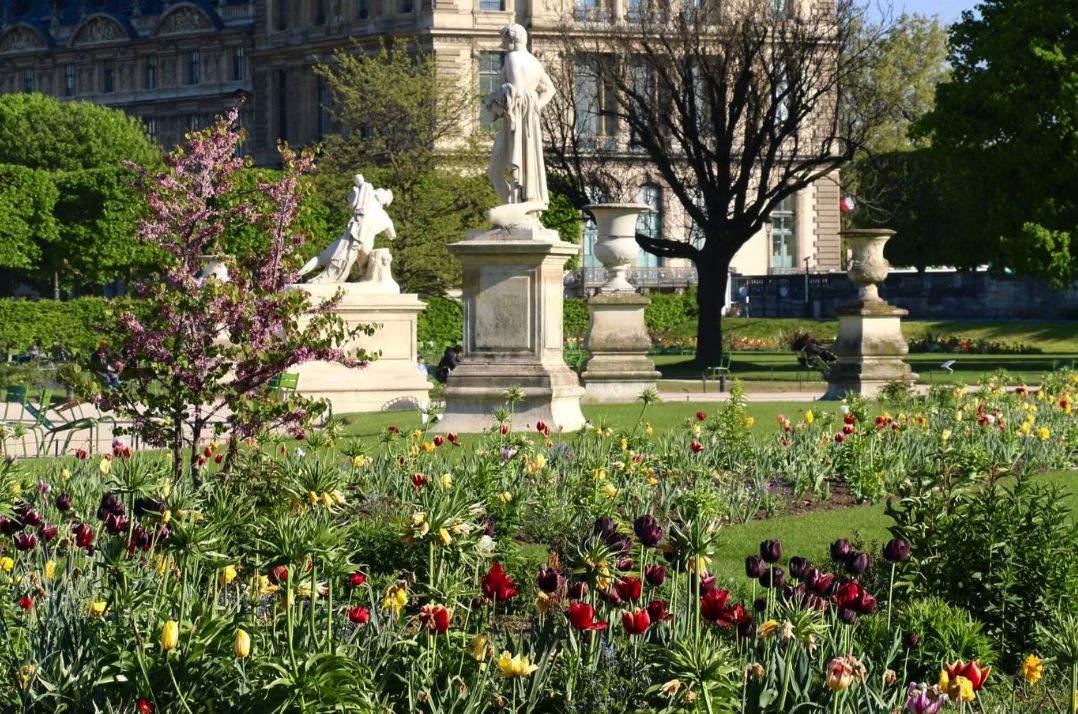
Then walk to the Grande Mosque de Paris – a Hispano-Moorish construct that is the spiritual heart of Paris’s Algerian-dominated Muslim population. Built in 1920 and inspired by the Alhambra, its green-tiled minaret glimmers amid the Haussmannian buildings.
In the inner courtyard is La Mosquée cafe – all blue-and-white mosaic-topped tables, overflowing creepers and sweet sheesha smoke. I only made it inside on my third attempt due to a mystifying inability to wear a skirt that covered my knees during my student days, but once I found it, I went there often to work bolstered by thé à la menthe and syrupy, North African pastries.
On rainy days, hole up in one of the area’s art deco cinemas that dot the backstreets. The biggest collection of arthouse cinemas in Europe, they rarely dub English films and come with ornate ceilings and plush 1950s-style seating.
Like many parts of Paris, the fifth has rapidly gentrified in the last few years. The College des Bernardins is a Cistercian monastery from 1248, which is now reborn as a cultural hotspot for gigs, lectures and theatre performances. At this year’s citywide Fete de La Musique (21 June), it will be filled with the sound of Israeli music.
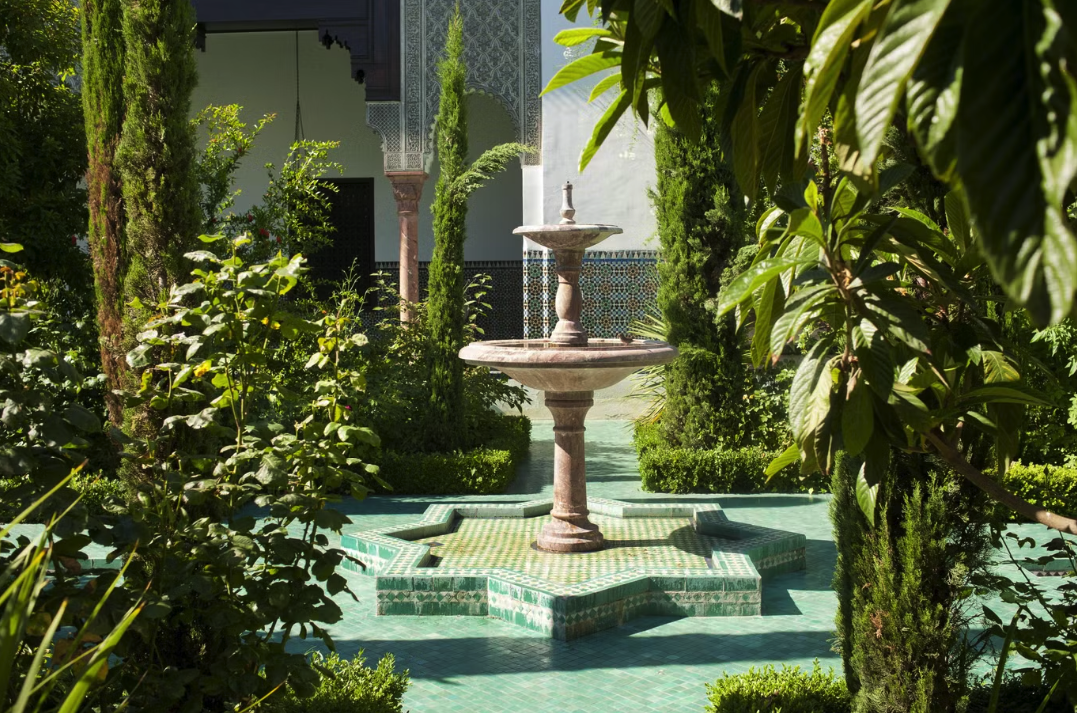
This being Paris, no district could be called dynamic without a much-vaunted food scene. The area around Maubert Mutualite doesn’t disappoint, thanks to a series of exciting new openings, which have all been drawn there by the almost mythic combination of a central location and mystifyingly low rents.
Tomy & Co has been rated one of the best restaurants in Paris by the Michelin Guide for its world-class bistro fare – opt for the €45 menu, which includes duck with yellow confit beetroot and a matcha green tea pudding with apple and cinnamon ice cream.
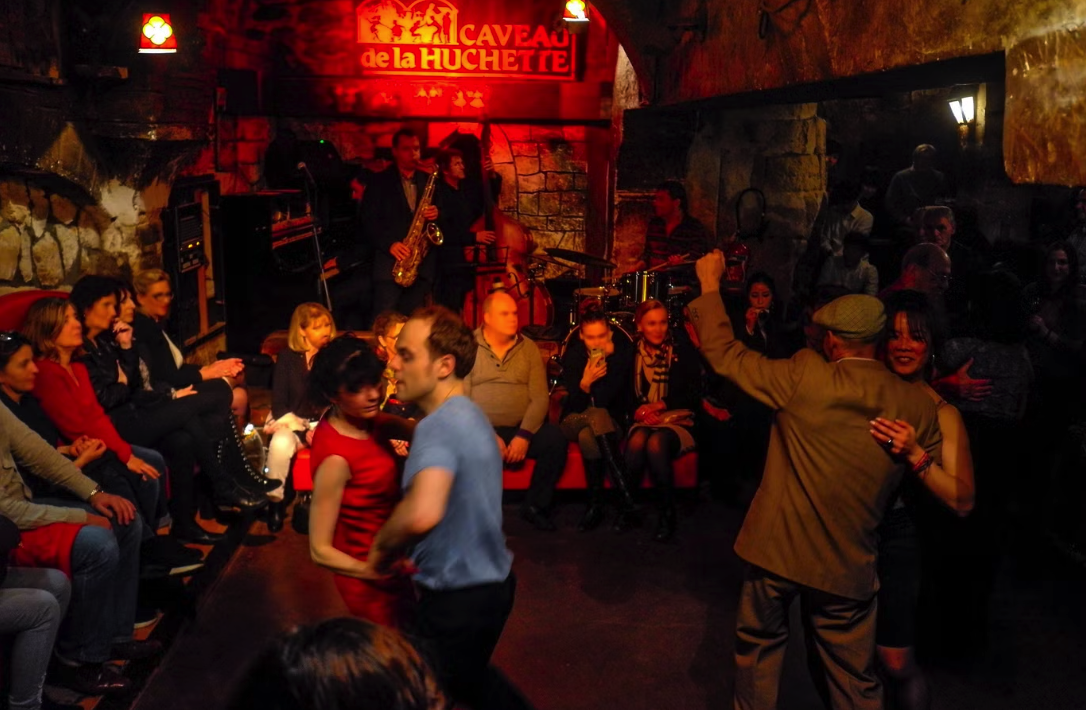
Other standout addresses include Kitchen Terre, which specialises in homemade pasta, Alliance, a Michelin-starred spot that focuses on seasonal ingredients, and Baieta, which is owned by Julia Sedefdjian – one of France’s rising-star chefs.
After dinner, find your way to the Caveau de la Huchette. A mythic jazz bar set in a 16th-century building mere steps away from the Seine, it has been attracting music lovers since it first opened in 1949. Find a spot at one of the miniscule tables, buy a carafe of red wine, listen to the sultry jazz music and revel in the sheer Parisianness of it all.
Travel essentials
Getting there
Eurostar offers direct trains from London St Pancras and Ashford International to Paris Gare du Nord , from £29 one way.
British Airways flies from Belfast, Bristol, Birmingham, Edinburgh, Heathrow and Manchester from £39 one way.
Easyjet flies from Belfast, Bristol, Edinburgh, Glasgow, Liverpool, Gatwick, Luton, Southend and Manchester from £20 one way.
Staying there
In a quiet street the heart of the Latin Quarter, The Five Hotel, housed in a Hausmannian building, is in shouting distance of some of the best bars, galleries, restaurants and shops in our new favourite district. The small pod-like rooms have a futuristic feel that is amusingly incongruous with the old-school Parisian setting. Doubles from £70, room only.
La Belle Juliette’s brightly coloured furniture and kooky wallpaper is a welcome contrast to the chic navy-clad inhabitants of the Rue du Cherche-Midi. With antique prints, gold mouldings on the walls and jazzy furniture, the design would look garish anywhere but Paris, where it feels fittingly opulent. Doubles from £180, room only.
[ad_2]


Thanks for sharing. I read many of your blog posts, cool, your blog is very good.
Thank you for your sharing. I am worried that I lack creative ideas. It is your article that makes me full of hope. Thank you. But, I have a question, can you help me?